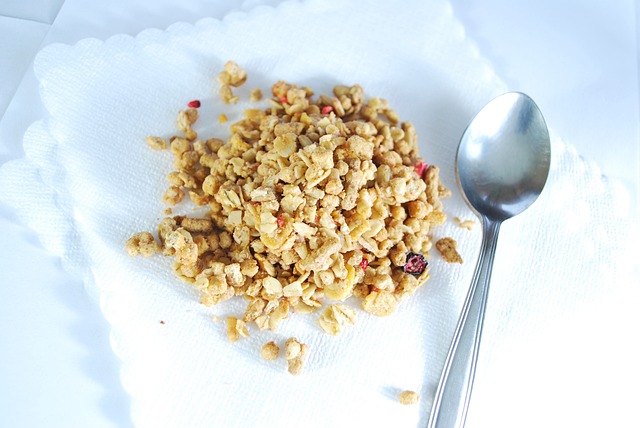In this study, which included more than 4,000 people over 55 years of age, they found that non-smoking women and men who reported drinking one or two alcoholic drinks a day had a lower risk than non-drinkers of suffering from peripheral arterial disease (PAD). ). The greatest difference was observed in non-smoking women who drank more than 20 grams of alcohol daily – the equivalent of two glasses of wine – who had a 59% lower risk of PAD.
Likewise, in the overall group of women, those who consumed more than 10 and 20 grams of alcohol per day had a risk that was 34% and 22% lower, respectively, than those who did not consume. On the contrary, alcohol consumption did not have a significant effect on the presentation of PAD in the group of men, but it did in the subgroup of non-smokers.
According to the authors, this positive effect of alcohol would be explained because it would inhibit the oxidation of cholesterol, thus preventing its accumulation in the arteries. And the difference recorded between the sexes would be due to preferences regarding alcoholic beverages: women tended to choose wine and liqueurs, while more than half of men preferred to drink beer.
















